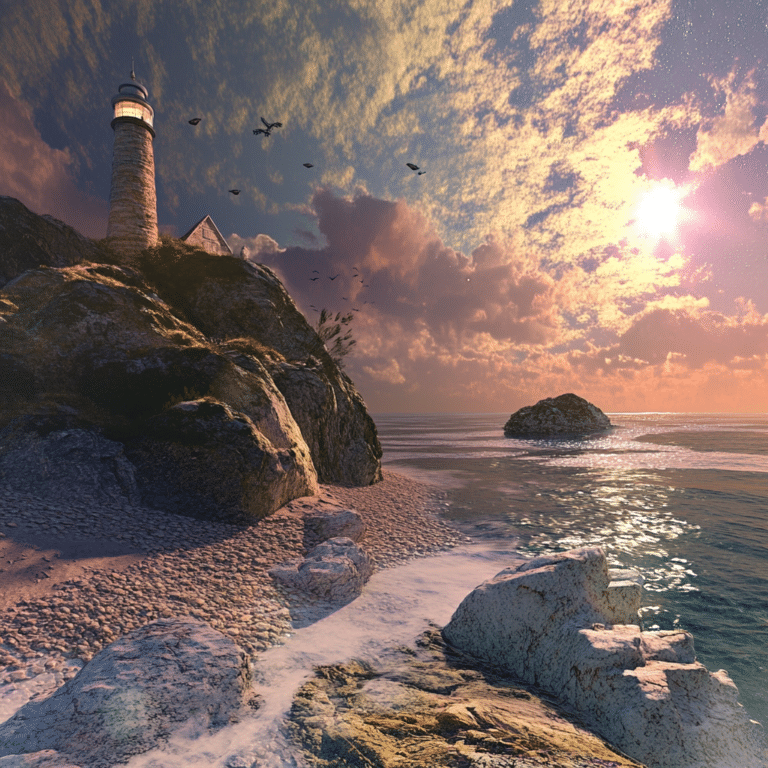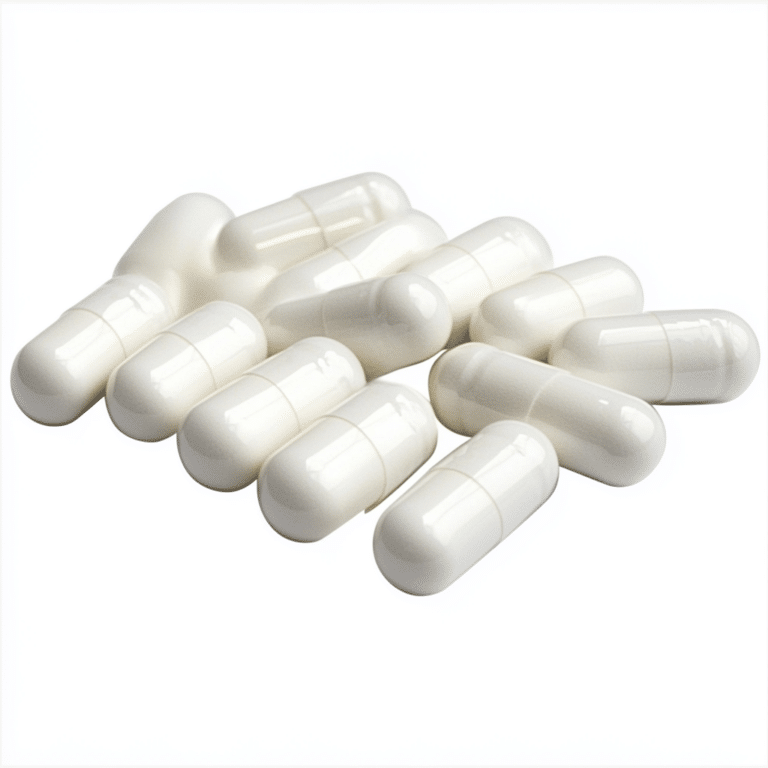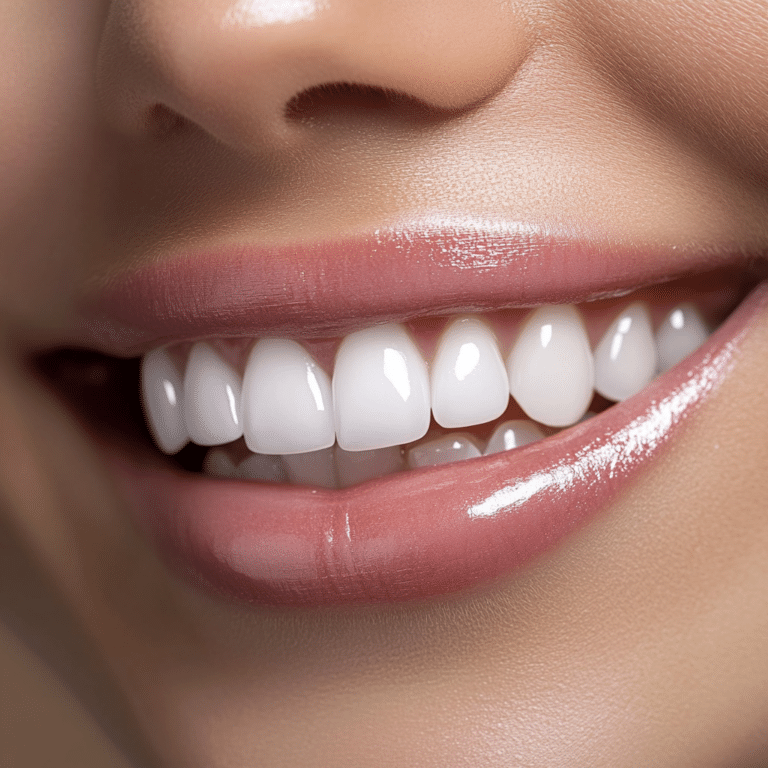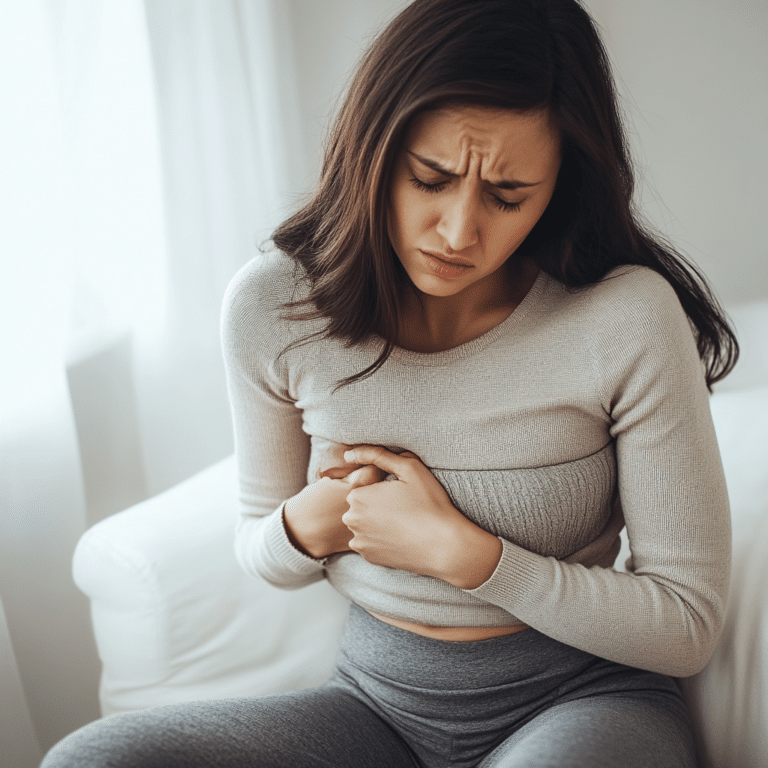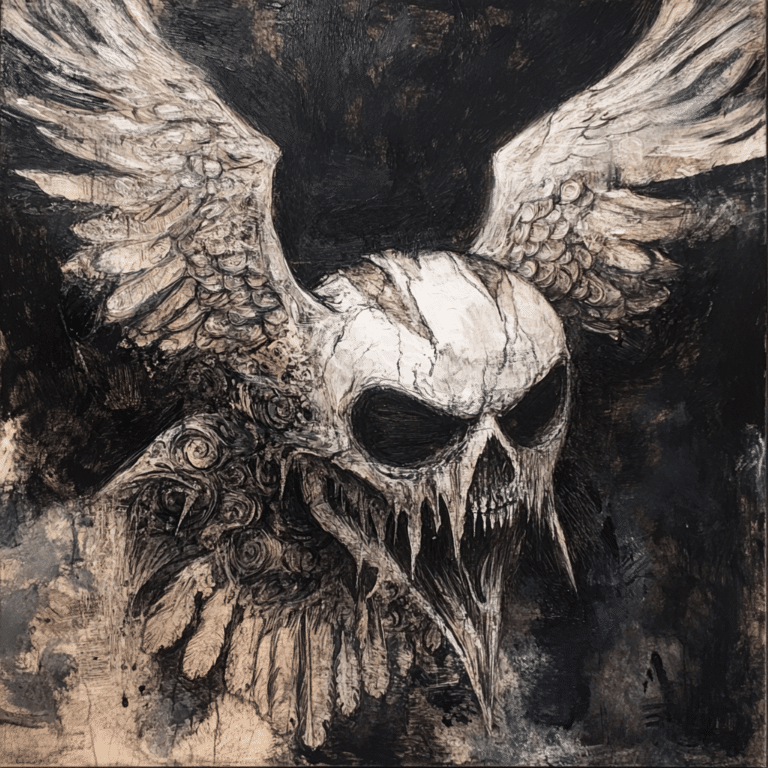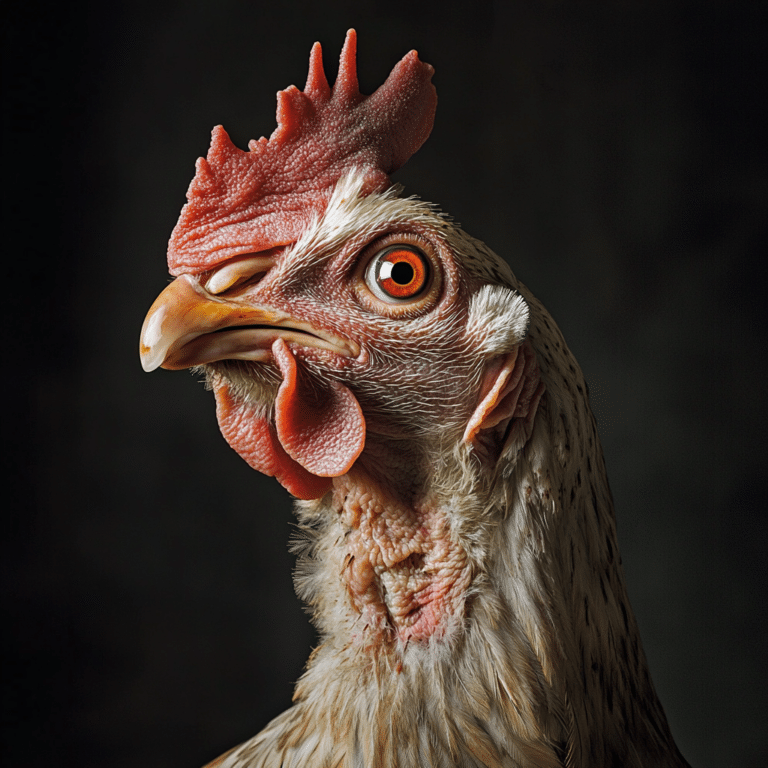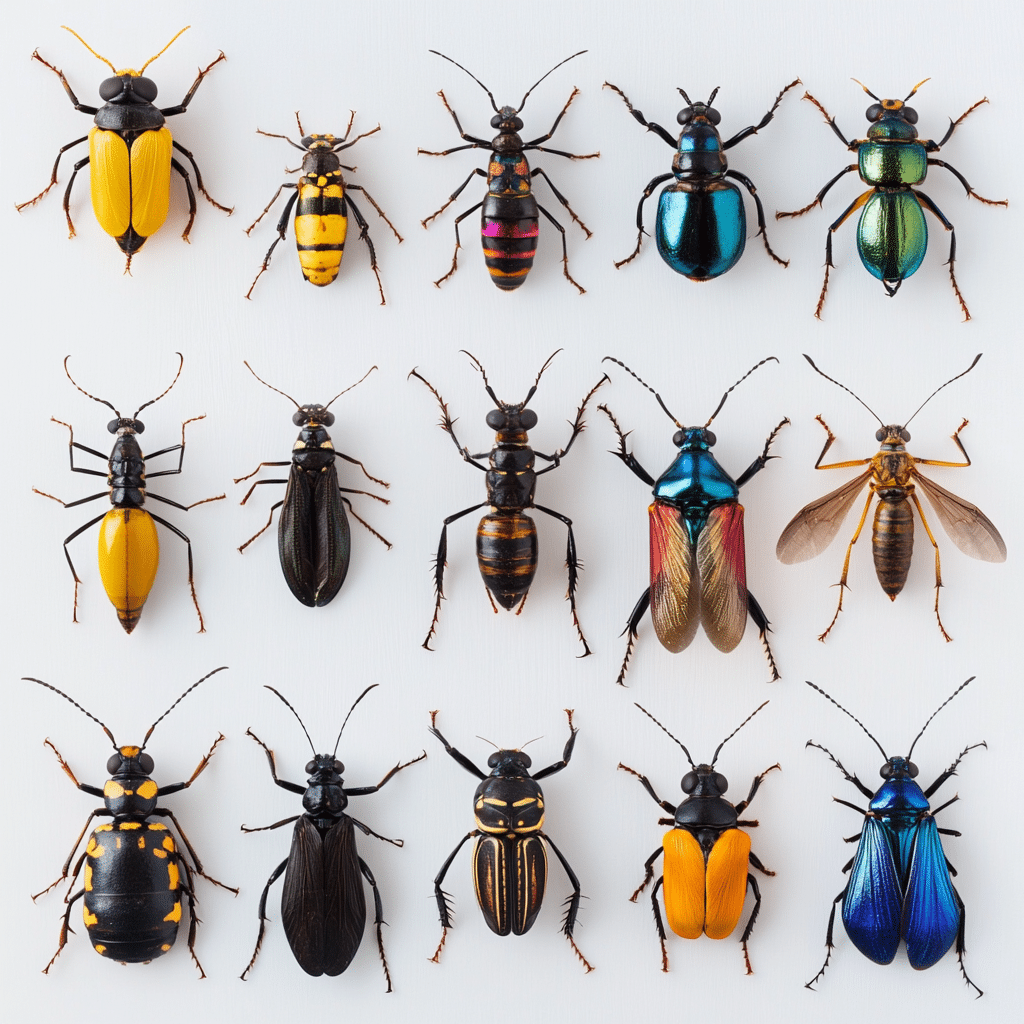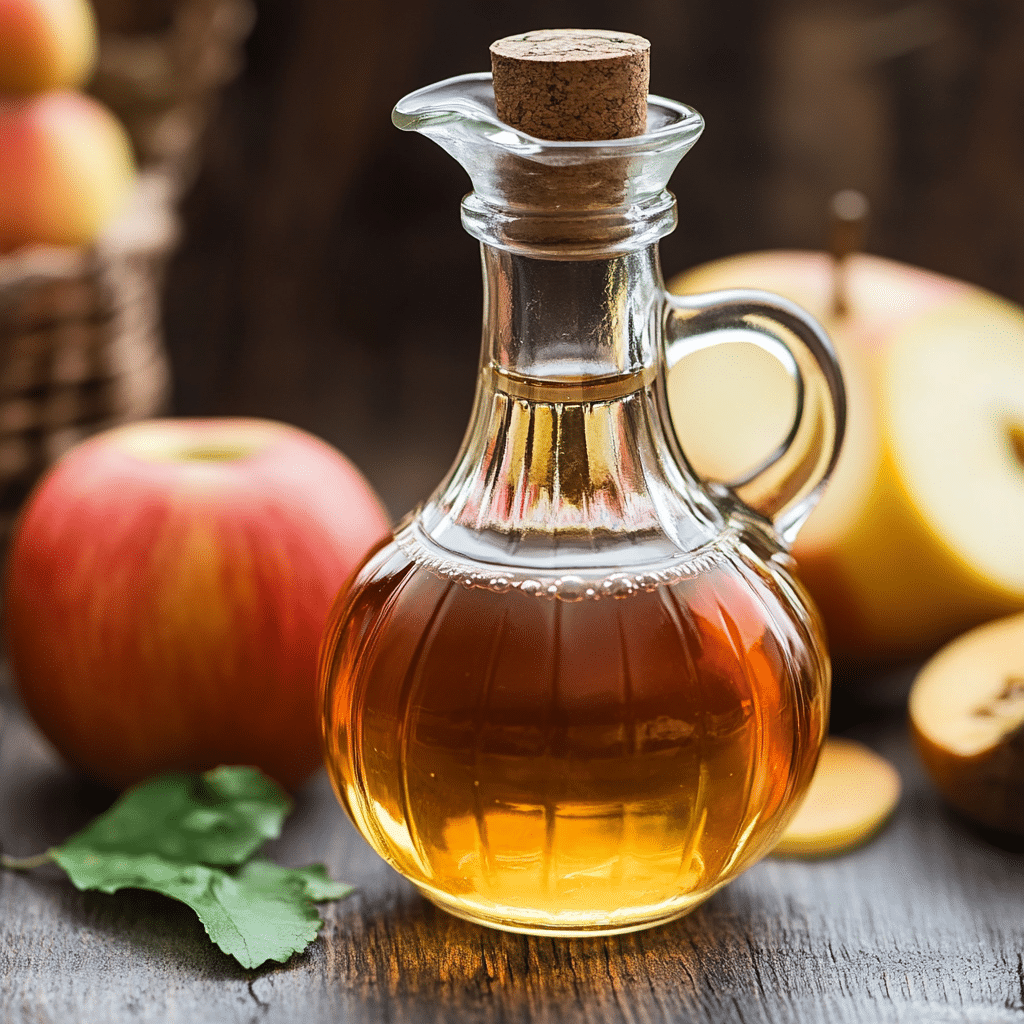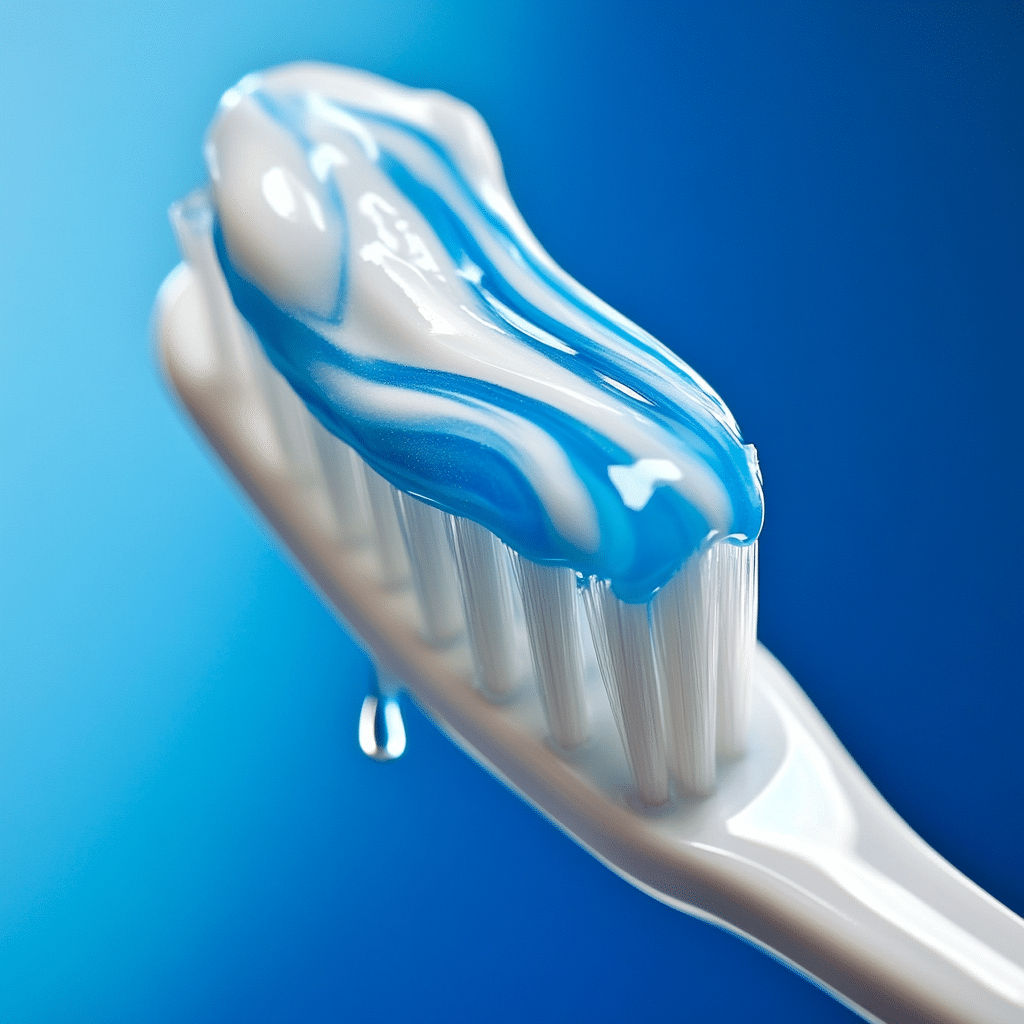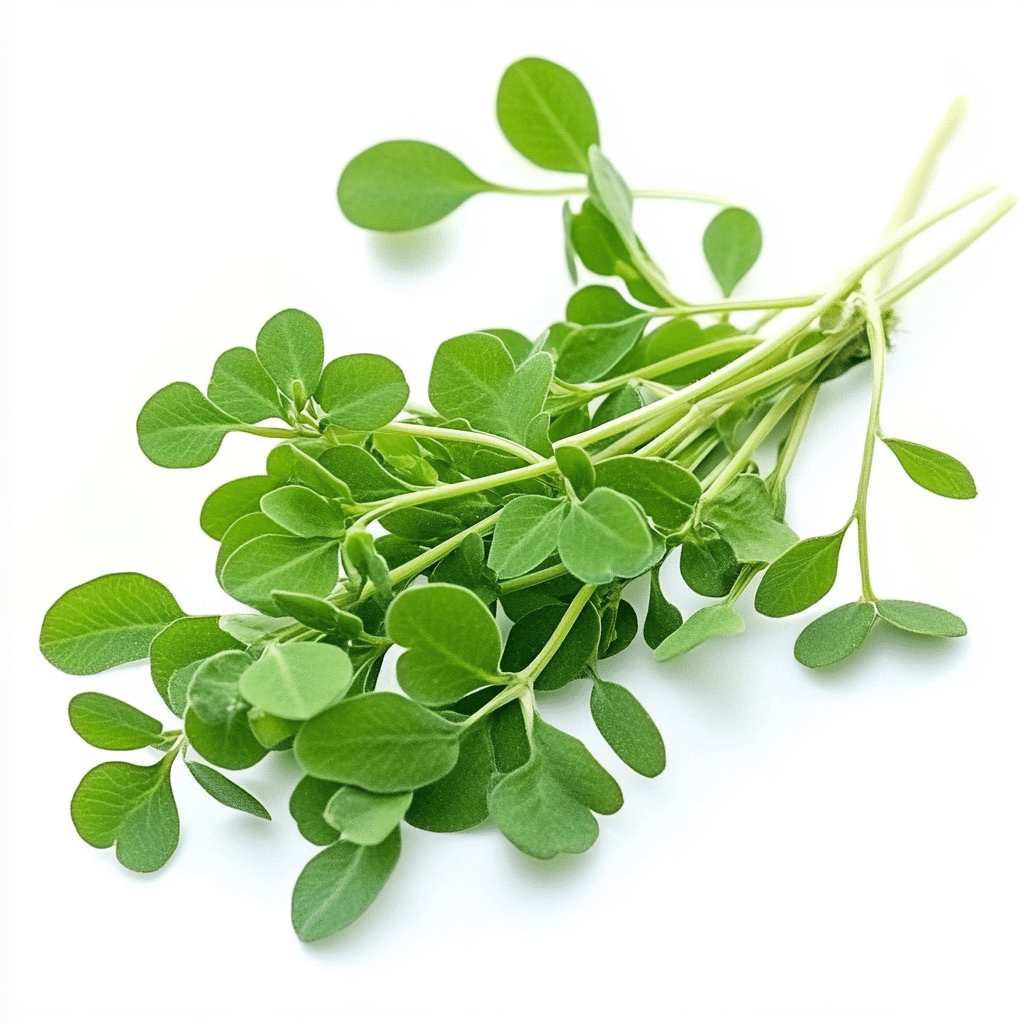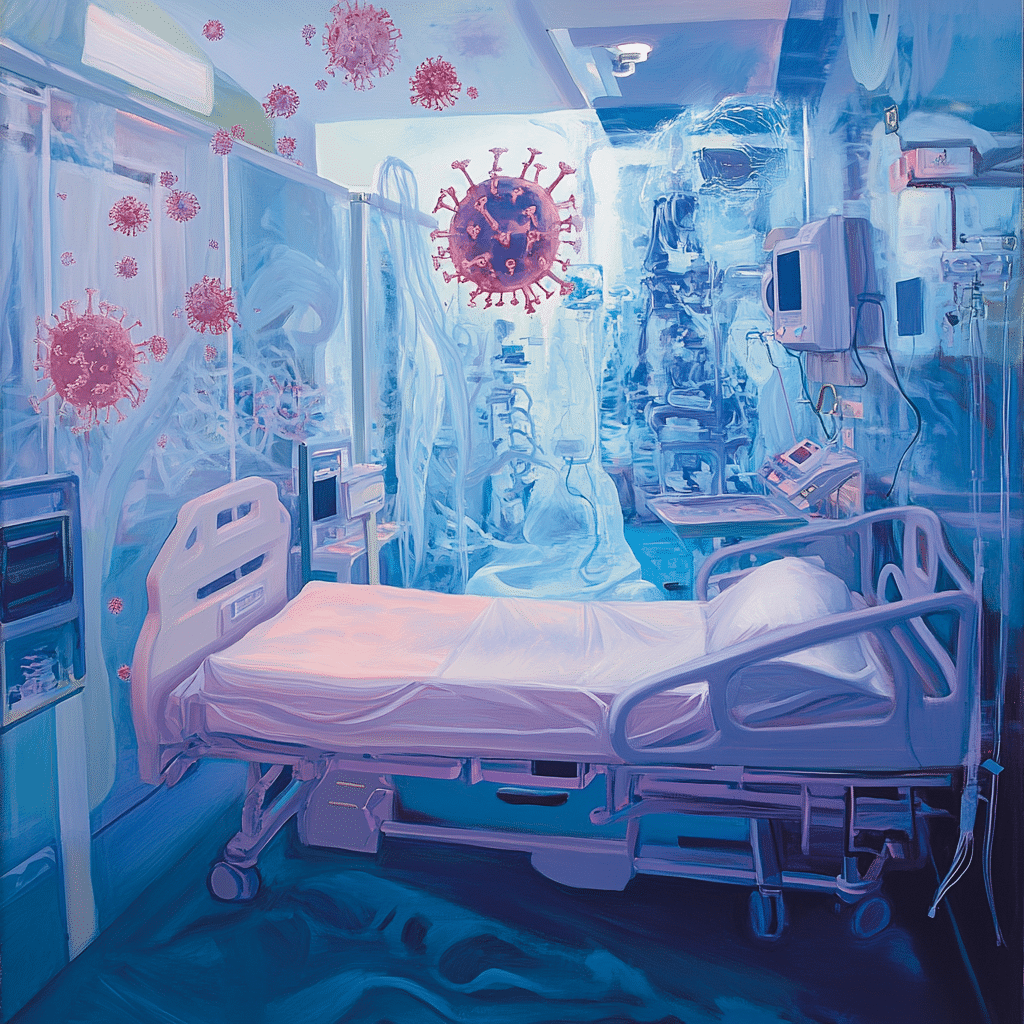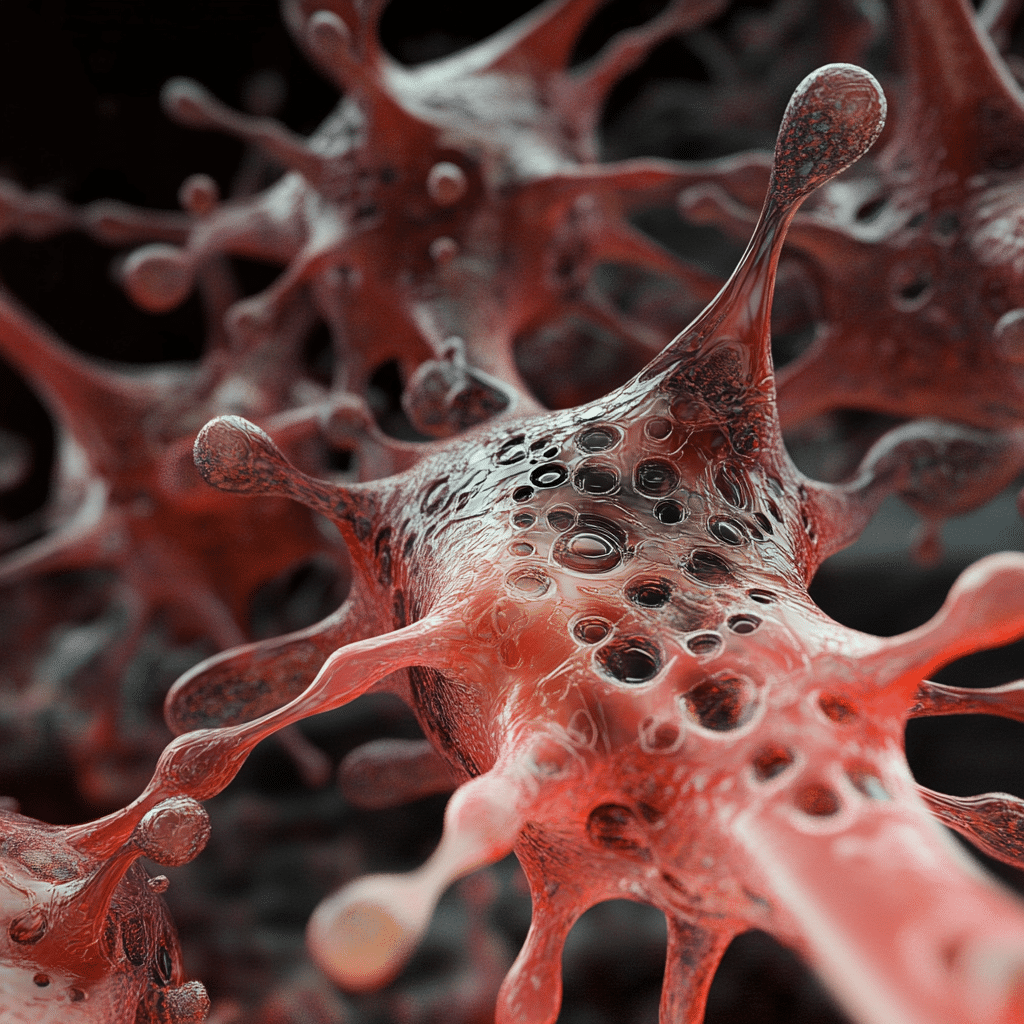Feeling great and looking even better goes hand in hand with good health. But sometimes, unexpected skin conditions slow us down. One such condition is molluscum contagiosum, an annoying viral infection that’s not only common but also misidentified. Understanding molluscum contagiosum symptoms is essential for effective management and staying shredded. So, let’s dive in and arm ourselves with the knowledge to tackle this and keep hitting our fitness goals.
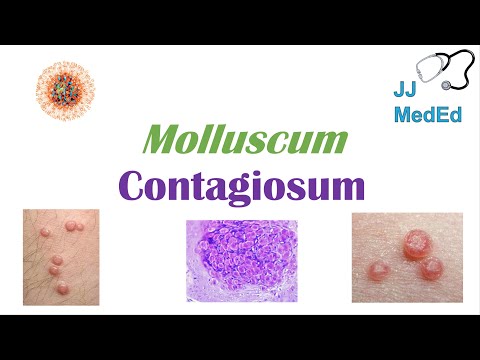
Understanding Molluscum Contagiosum Symptoms
Molluscum contagiosum is characterized by distinctive symptoms that can often be mistaken for other skin problems. The primary symptom is small, raised, pearly-white bumps on the skin. They’re often painless, but that doesn’t mean they won’t freak you out! Getting a handle on recognizing these abnormal bumps can make a big difference. Early identification is vital for management, especially if you’re prepping for a big event or simply aiming to show off that ripped six-pack.
With the right insights into molluscum contagiosum symptoms, you can address concerns promptly. The good news? Most cases will resolve naturally over a few months. But knowing what you’re dealing with helps you take control and boost your confidence, whether you’re at the gym or hitting the beach.

Top 7 Molluscum Contagiosum Symptoms Explained
The defining feature of molluscum contagiosum is those small, dome-shaped warts, typically resembling skin-colored to pearly-white bumps. You might find them on your face, arms, or even private areas. Spotting them early is crucial for managing any potential embarrassment.
These pesky bumps usually don’t hurt, but some folks report mild itching or irritation, especially when they scratch the lesions. If you notice this, keep your hands off! The last thing you want is to create an infection or make things worse.
Sometimes, you’ll see clusters of these bumps. It can be particularly confusing, especially for parents observing their children. More than one bump? You probably got yourself some molluscum contagiosum symptoms.
These lesions are not all created equal! They can vary from 2 to 5 millimeters in diameter and might grow if left untreated. If you see bumps changing size, that’s your cue to act.
As the viral infection evolves, you might notice the bumps getting slightly red or inflamed. Changes in texture that stray from your usual skin feel can also indicate trouble. These bumps can start to resemble pimples, which could throw off your skincare routine!
One key aspect to watch for is the potential spread of lesions. If allowed to amplify, the bumps can multiply and become uncomfortable. Catching them early is half the battle!
This virus has its lifecycle, and you may notice symptoms manifest in various stages. Understanding these can assist you in recognizing when you’re dealing with molluscum contagiosum, oiling the wheels for quicker recovery.

Visualizing Molluscum Contagiosum Stages Pictures
Visualizing your symptoms can do wonders for clarity. Check out molluscum contagiosum stages pictures for a clearer understanding. These images depict early lesions, mature bumps showing central dimpled depressions, and inflamed, possibly infected lesions. Being able to see the progression can help you distinguish between molluscum contagiosum and other skin conditions. Remember, the more you know, the better you can tackle these issues head-on!

Exploring Molluscum Contagiosum Treatment Options
Although many cases of molluscum contagiosum will clear up on their own, sometimes you need to kick things up a notch with treatment. Here are some effective strategies you can consider:
These treatments target the elimination of bumps and cut down the virus’s chances of spreading further. Get back to flexing without worry!
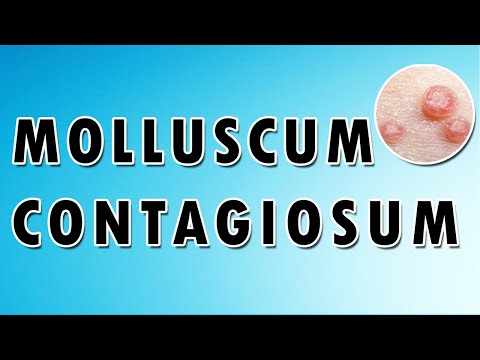
Preventing the Spread of Molluscum Contagiosum
Don’t forget that knowledge is power! To fend off the spread of molluscum contagiosum, it’s essential to know how it transmits. The virus spreads primarily through direct skin-to-skin contact, but it can also hitch a ride on contaminated items like towels and clothing. Keep your personal items to yourself, maintain good hygiene, and consider covering your lesions. It’s a small step that can make a big difference!
Innovative Wrap-Up
Recognizing these molluscum contagiosum symptoms is vital for effective management. Tracking treatment options and keeping a watchful eye on stages of the condition can empower you to take charge. By staying informed and following prevention methods, you can confidently manage this skin issue. Remember, it’s not just about looking shredded; it’s about feeling great while doing it. Let this knowledge not only identify the symptoms but also push you toward proactive treatment and prevention. Keep hustling, and here’s to staying fit, healthy, and fabulous!
Molluscum Contagiosum Symptoms Everyone Should Know
Understanding the Symptoms of Molluscum Contagiosum
Molluscum contagiosum is often mistaken for other skin conditions, so it’s vital to recognize its telltale symptoms. This skin infection typically presents as small, round, and firm bumps on the skin, which can appear on various body parts, including the face, arms, and legs. The bumps may be skin-colored or slightly pink, and they often have a dimpled center. While the symptoms can be a little alarming, they are generally harmless and can clear up on their own over time—just like how the beloved Kimba The Lion endured challenges before shining through!
Moreover, some people might wonder about treatment options when noticing these symptoms. Many look for the most effective solutions, and when it comes to costs, understanding the best home loan rates can put financial considerations at ease, especially for parents managing family health needs. While molluscum contagiosum is usually self-limiting, some treatments can help speed up recovery if symptoms are extensive or bothersome.
Trivia and Insights on Infection and Treatment
Interestingly, these bumps can be itchy or tender for some, causing discomfort. It’s often the case that individuals, especially kids, may scratch the area, which can lead to spreading the infection—almost like how the fierce competition between the Eagles Vs Chiefs keeps fans clinging to every move. Educating yourself on avoiding such behaviors can be your best line of defense.
You might find it quirky that molluscum contagiosum spreads easily through skin-to-skin contact or contaminated surfaces, kind of like how a catchy song can go viral! In shared spaces like pools or gyms, it’s important to be vigilant. When looking to protect your little ones, consider practical solutions such as a car seat stroller combo that makes trips to the doctor smoother.
Stay Informed and Proactive
Lastly, besides looking out for the obvious signs, staying updated on potential treatments can foster peace of mind. Some might even contemplate options like Lyrica for pain management if discomfort arises. While molluscum contagiosum symptoms can be benign, keeping tabs on your skin health is always a savvy move, just as staying educated about heart conditions like a bicuspid aortic valve can be life-saving. Educating ourselves and loving those around us will keep us prepared for anything that life throws our way, similar to how parents watch over their kids in fleeting moments of play. Remember, knowledge empowers you to tackle symptoms head-on, so don’t shy away from asking questions.
And who knows, by nurturing this understanding, you might even hit upon some trivia that makes your knowledge a real conversation starter, like the hawk tuah girl story!



